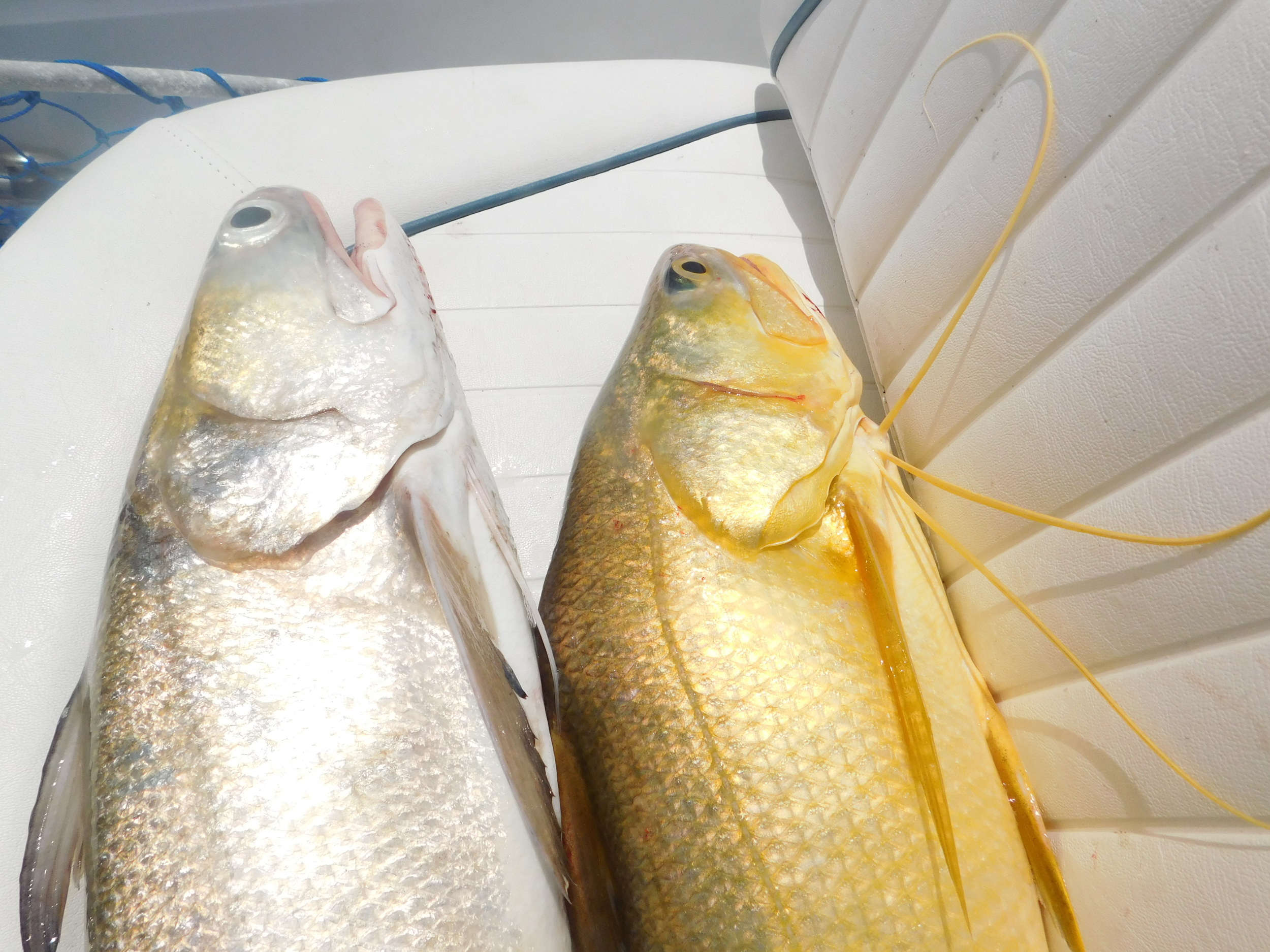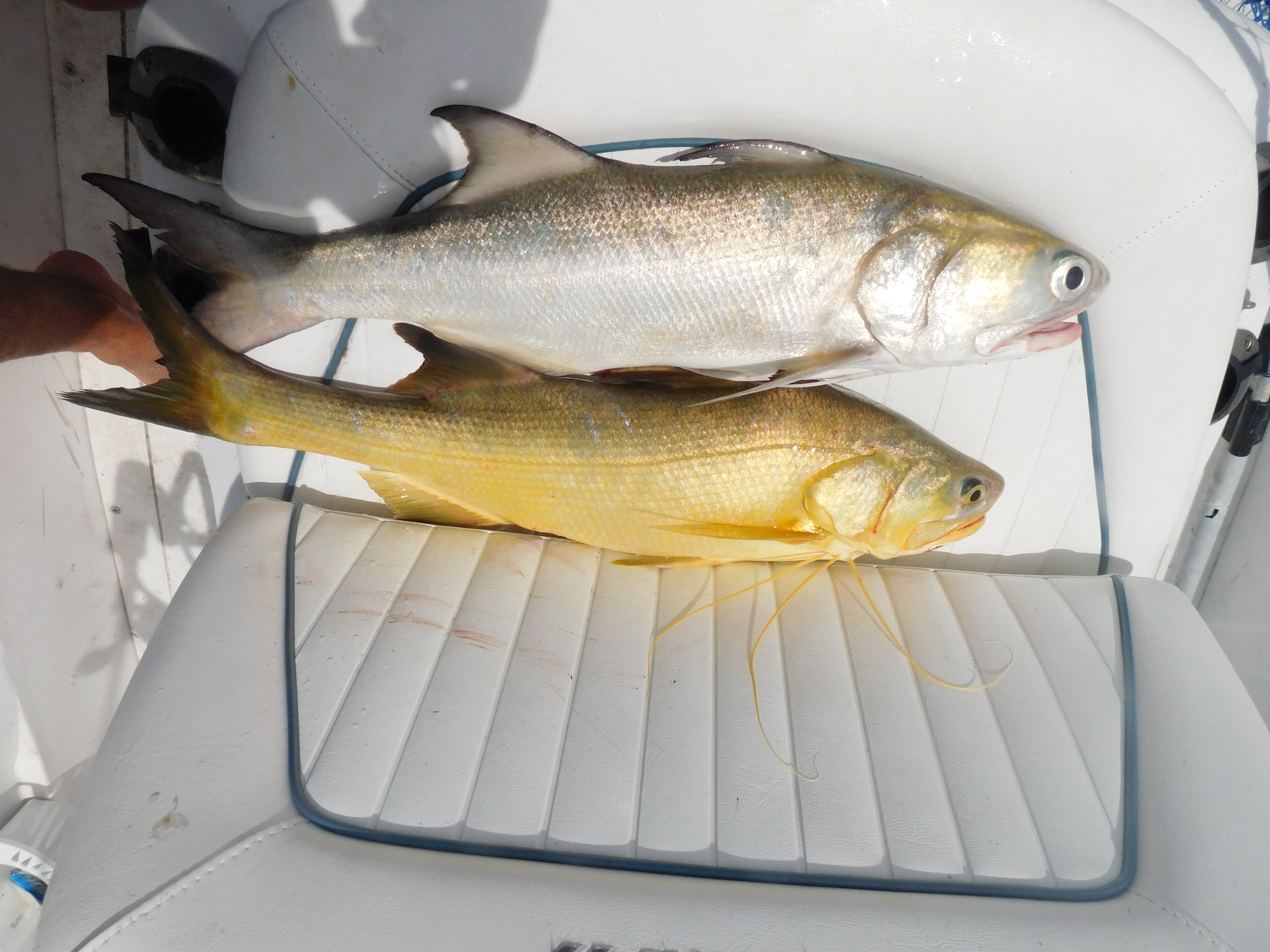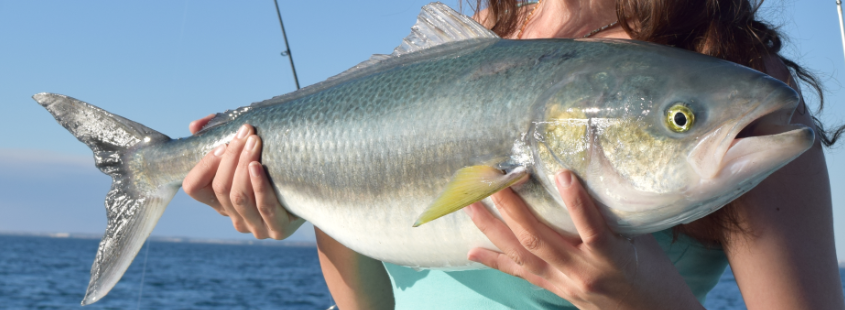What's in a name?
An issue I face all the time at work is identifying fish varieties. Usually for guests who have been fishing on a charter and bring in their catch for us to cook, but also by our staff who are always eager to learn about the many fish varieties we serve. Guests in general are pretty easy to help and will often take recommendation from staff if we have a fish I particularly think is the best on the day. One error which often occurs is around Salmon. We actually have 4 fish in Australia called ‘salmon”. The most common is not actually a native but the farmed “Atlantic Salmon”, THE true Salmon and a very common fish Australia wide on restaurant plates. The farmed Atlantic salmon also described often as “Tasmanian salmon” is now a larger fishery, in terms of tonnage produced in the fish farms, than the entire Great Barrier Reef fishery, across all species. In southern states we have a fish commonly called “Australian Salmon” and this is a saltwater species, more prized by recreational fishers as a sports fish and fished commercially mainly as cat food and lobster pot bait. Dark red in the flesh and not really much chop on the plate. Then we move on to the 2 fish I have most to do with. The king or threadfin salmon and the blue or bluenose salmon. Close relatives but quiet different on the plate and a fish even the locals consistently wrongly identify. I managed to catch 1 of each the other day amongst a few Barra. In fact a picked up 8 nice “blues” but just the 1 “King” but was able to line 2 up side by side of about the same size so readers can clearly see the difference.
The King is also called threadfin salmon for good reason. The long whiskers or barbells under its chin which I have seen them use to corral prawns up against a bank when feeding. They are also generally golden yellow when first caught, particularly if caught in dirty water while the blue salmon has short whiskers, is much thicker through the tail area and a silver blue to black colouration. That said I have also caught blue salmon which can have a yellowish tinge so it is the shape and the length of whiskers which is always the tell-tale. Both fish are great on the plate. King salmon has a much whiter and softer flesh and is a very difficult fish to fillet as a consequence of large bony nodules located at various places along its backbone. The larger the fish the larger these nodules are and they are just about my least favourite fish to fillet, besides being one of my most favourite fish to eat. The Blue salmon by comparison is really easy to fillet, a fine white to pale grey fish when cooked and beautifully flavoured. It is however not a great fish to freeze and is best eaten fresh, whereas King salmon freezes well.
Both great fish to catch, with a big blue salmon (upward of 5 kgs) a dynamite fighter and would pull a 10kg king salmon backwards. The biggest blue I have seen was 14kgs and I have seen Kings in excess of 20 kgs.



